1. Materials:
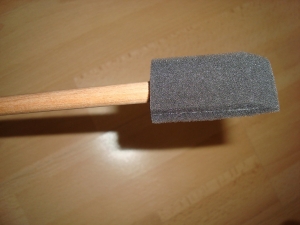 Foam brush or roller: I recommend the brush, as it is made of foam you will not see the lines usually left by the conventional bristle brush.
Foam brush or roller: I recommend the brush, as it is made of foam you will not see the lines usually left by the conventional bristle brush.
You can also use a foam roller, with the brush you will cover less surface in each pass, but it splashes less around than the roller, and therefore you will have to clean less around and on yourself, when you use it.Watch out,if the varnish that you are going to use has no water base, you can eat the foam of the brush …
.
.
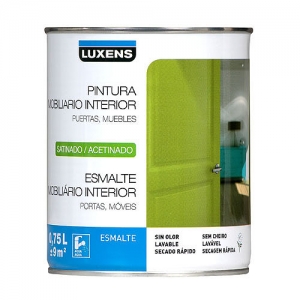 Varnish and/or dye: The essential material is the varnish, which will provide a protective layer to your furniture, the dye depends on whether you want to change the color of the wood or you want to leave it as is, there are also products that combine both functions, so if you are lucky enough to want a color that exists in these products that dye and varnish at the same time, you will save a step, if you want a very specific color you will have to buy a dye, or get it yourself mixing other …, in this case, remember to do enough mix and store it tightly until you finish the piece of furniture …, it’s not going to end before you finish it …, I always recommend that they be dissolved in water, for ecology, because they are less toxic, they do not smell and easier to use, because that way you can use foam brush and clean it without using another product … There are nitrocellulose and polyurethane too, but for an amateur job, although the appearance is professional, I recommend going to the water
Varnish and/or dye: The essential material is the varnish, which will provide a protective layer to your furniture, the dye depends on whether you want to change the color of the wood or you want to leave it as is, there are also products that combine both functions, so if you are lucky enough to want a color that exists in these products that dye and varnish at the same time, you will save a step, if you want a very specific color you will have to buy a dye, or get it yourself mixing other …, in this case, remember to do enough mix and store it tightly until you finish the piece of furniture …, it’s not going to end before you finish it …, I always recommend that they be dissolved in water, for ecology, because they are less toxic, they do not smell and easier to use, because that way you can use foam brush and clean it without using another product … There are nitrocellulose and polyurethane too, but for an amateur job, although the appearance is professional, I recommend going to the water
Primer:sealer varnish, prevents the wood from absorbing too much varnish and irregular colors remain, they must have the same type of thinner as the varnish you are going to use, if you use a water-based varnish, the filler is not necessary.
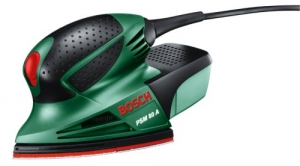
Small sander or sandpaper: sanding is an indispensable step if what you are doing is restoring a piece of furniture, since you will have to leave it “raw” again, sandpaper to remove any rest of the previous finish of the piece of furniture, it is also very likely that the you need to sand between layer and layer of varnish.
.
.
Old clothes: If you do not stain what you wear, and it is polish, even if it is water based, it is very bad to get off.
Lets start, it is so easy:
Step 1:
Thoroughly clean the surfaces to be varnished, if the piece of furniture was already raw, simply pass a damp cloth taking care of the edges and corners of the furniture, to leave it clean, if the furniture has a previous finish, this cleaning includes sanding the surface before passing the wet cloth, until leaving it without the remains of the previous finish, arm yourself with patience, it takes.
We let the furniture dry.
Step 2:
Furniture dye, step that you can save if you use a varnish with dye, if not, you have to spread the dye very well before it dries, so that it is well I do it very diluted and if I have to do more than one Once I do it, look closely at the appearance it has while it is wet, since that is the intensity of color it will have once varnished.
Step 3:
We apply the primer, step that again you can save if you use varnish to water.
Step 4:
We sand the primer with fine grain sandpaper and clean well.
Step 5:
We give the first layer of varnish, if it is water based I would dilute it a little, we give long passes that do not overlap each other, following the grain of the wood and without much load the varnish brush.
Step 6:
Sand again and clean well of dust, this is very important, with the second layer of the varnish everything that is on the furniture will be trapped in it without solution … we let it dry.
We varnish again. Ready!!! Do you want to see all the furniture that you can finish yourself from lagoa? Here you can see them:
Dont forget to SUSCRIBE TO OUR NEWSLETTER or you can follow our instagram:


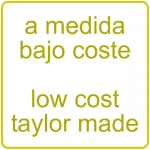

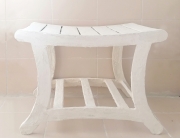
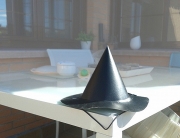

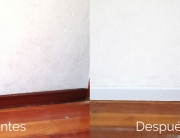
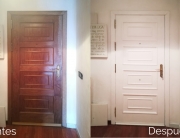




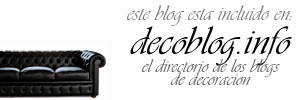
esta muy bien explicado
Gracias! espero que te sea útil.